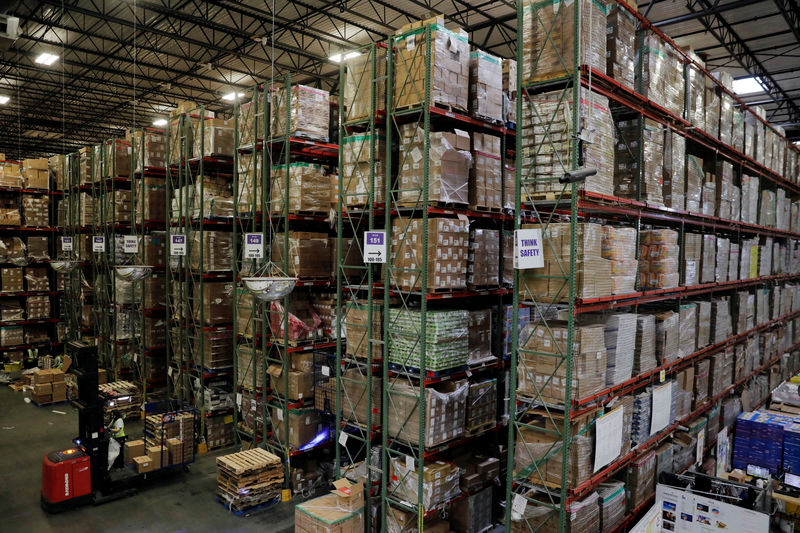Benzinga - by FreightWaves, .
E-commerce giant Amazon (NASDAQ: AMZN) reported better-than-expected earnings and revenue for the first-quarter, driven by tweaks in its logistics operations, as well as growth in its advertising and cloud computing units, according to Amazon CEO Andy Jassy.
"Delivery speed really matters to customers and we've continued to get faster while improving our safety performance" Jassy said during a call with analysts Tuesday. "Over the past year, we've talked about how our regionalization efforts have helped to lower our cost of service. We've continued to inspect our fulfillment network for additional opportunities and are working on several areas where we believe we can lower costs even further while also improving customer experience."
Amazon's first-quarter revenue rose 13% year-over-year (y/y) to $143.3 billion, topping analyst expectations of $142.6 billion. The company reported adjusted earnings per share of $0.98 versus estimates of $0.83.
Operating income increased to $13.2 billion in the quarter, compared with $2.7 billion in the same year-ago period. Net income in the quarter increased to $10.6 billion, compared with $0.3 billion last year.
Amazon's first-quarter revenue from third-party sellers services, which includes commissions collected by Amazon, fulfillment, shipping fees and other charges, grew 16% y/y to $34.5 billion.
The company expects revenue of $144 billion to $149 billion for the second-quarter ending in June. Operating income is expected to be between $10 billion and $14 billion.
| Amazon | Q1/24 | Q1/23 | Y/Y % Change |
| Revenue | $143.3B | $127.4B | 12.4% |
| Operating income | $15.3B | $4.8B | 219% |
| Net income | $10.4B | $3.2B | 225% |
| Shipping costs | $21.8B | $19.9B | 10% |
| Adjusted earnings per share | $0.98 | $0.31 | 216% |
Amazon's key first-quarter performance operators.
Amazon's first-quarter shipping costs, which include sortation and delivery centers and transportation costs, was $21.8 billion, a 10% y/y increase compared to the same period in 2023. The company delivered more than 2 billion global units arriving the same or next day in first-quarter, according to a news release.
Jassy said the company has worked to increase the consolidation of shipping units into fewer boxes at its fulfillment centers to help lower costs.
Amazon has more than 100 fulfillment and sortation centers in the U.S. and more than 185 centers globally. The states with the most Amazon warehouse locations are California, Texas, Illinois, Florida and Pennsylvania.
"As we further optimize our network, we've seen an increase in the number of units delivered per box, which is an important driver for reducing our costs" Jassy said. "We're able to consolidate more units into a box. It results in fewer boxes and deliveries, a better customer experience, reduces our cost to serve and lowers our carbon impact."
Amazon is also making "efforts to revamp our U.S. inbound fulfillment architecture to allow for better inventory placement closer to our customers" Jassy said.
So far in 2024, Amazon has reduced its air cargo operations from 53 to 47 U.S. airports, including closing its air cargo operation at the San Antonio International Airport in April.
Amazon currently has 1.52 million employees across the globe, a 4% y/y increase compared to the same period in 2023.
Jassy also discussed Supply Chain by Amazon, a new logistics-as-a-service offering announced in September. Supply Chain by Amazon is an end-to-end supply chain service across all channels to shippers that don't have to be on Amazon's e-commerce platform.
"I think it's just really early days, it is not something that we anticipate being a giant capital expense driver for us, we have to build a lot of those capabilities anyway to handle our stores business" Jassy said. "We think it will be a modest increase on top of that to accommodate third party sellers. But our third-party sellers find high value with us being able to manage those components for them versus having to do it themselves."
The post Amazon reports $143B in Q1 revenue, topping Wall Street expectations appeared first on FreightWaves.
